



By Agda Österberg. Unknown dates, taken from various sources.




By Agda Österberg. Unknown dates, taken from various sources.

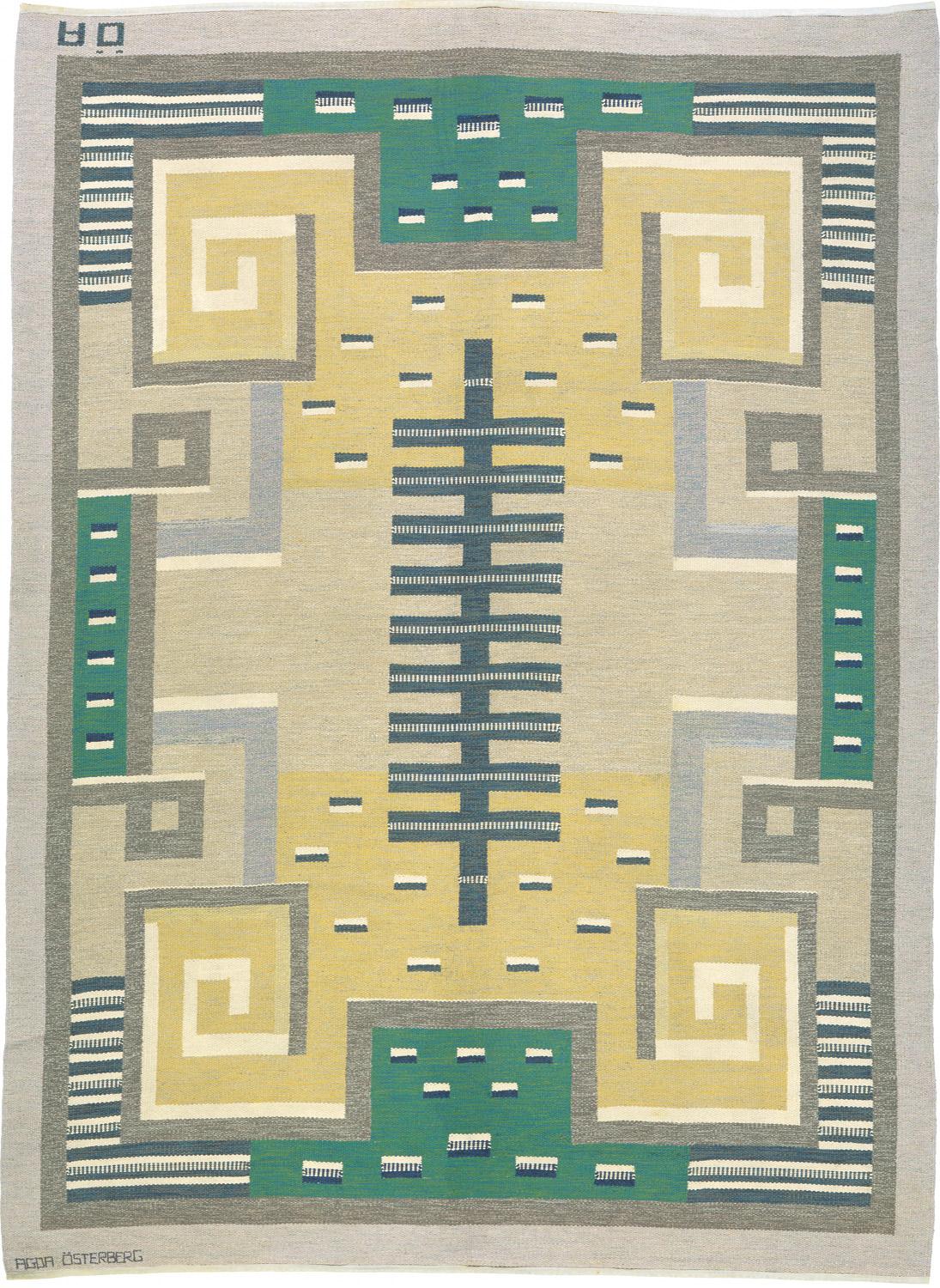

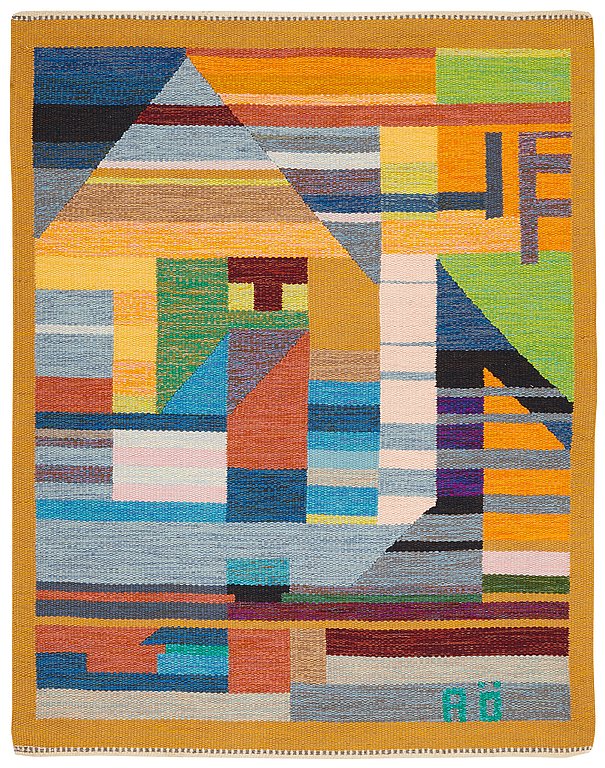
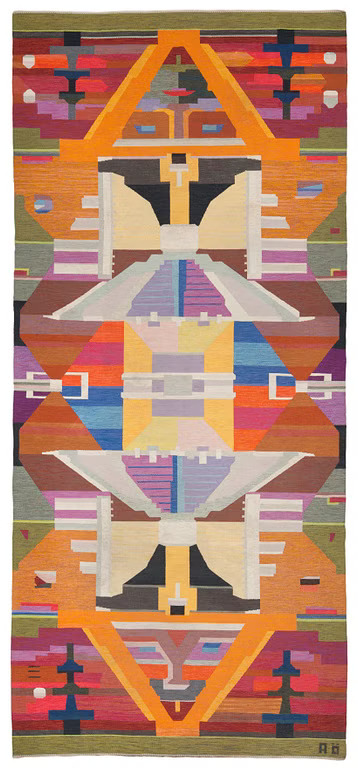
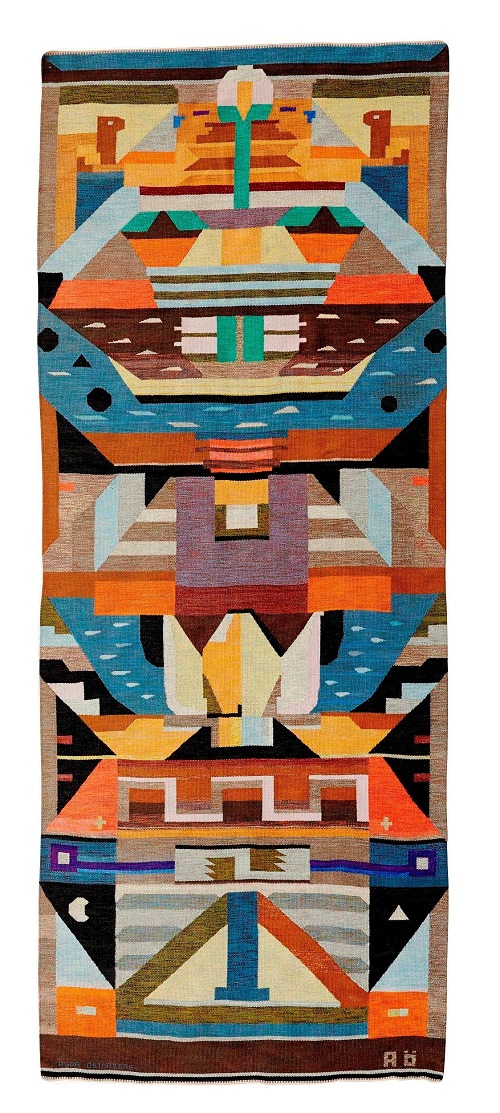

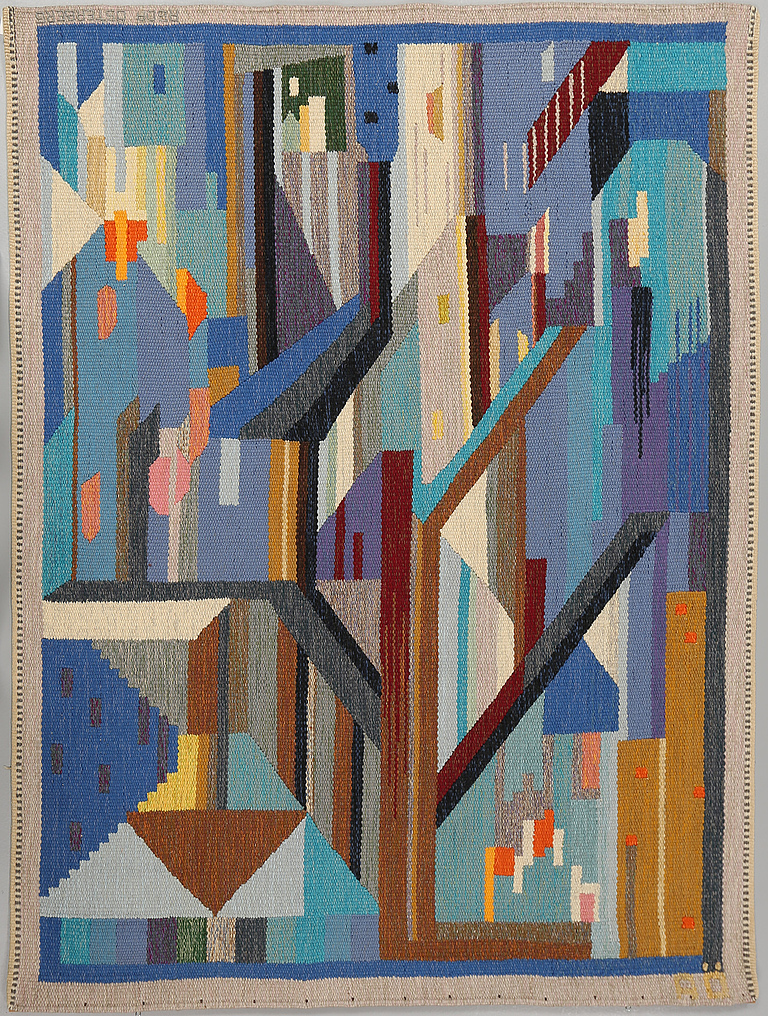
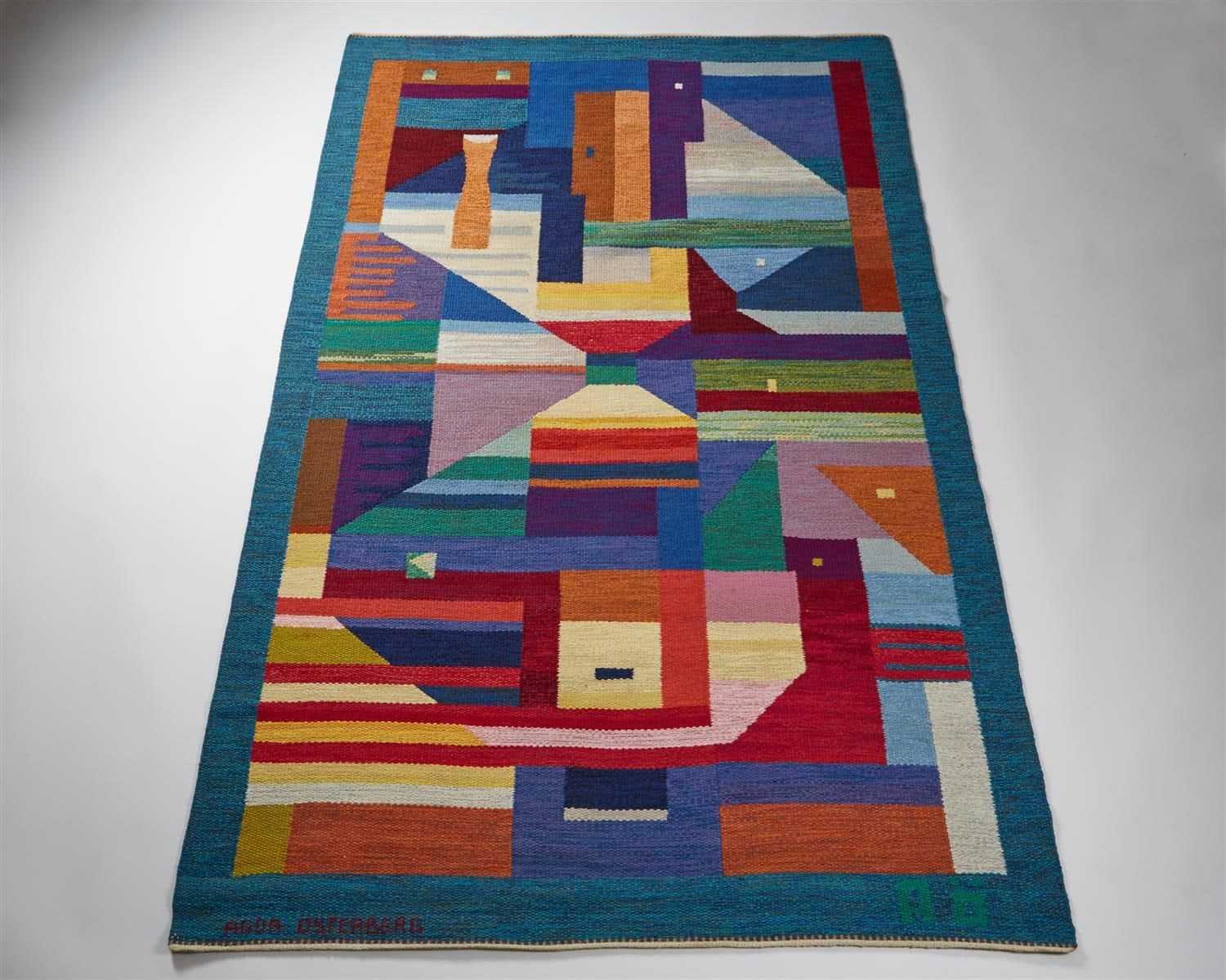
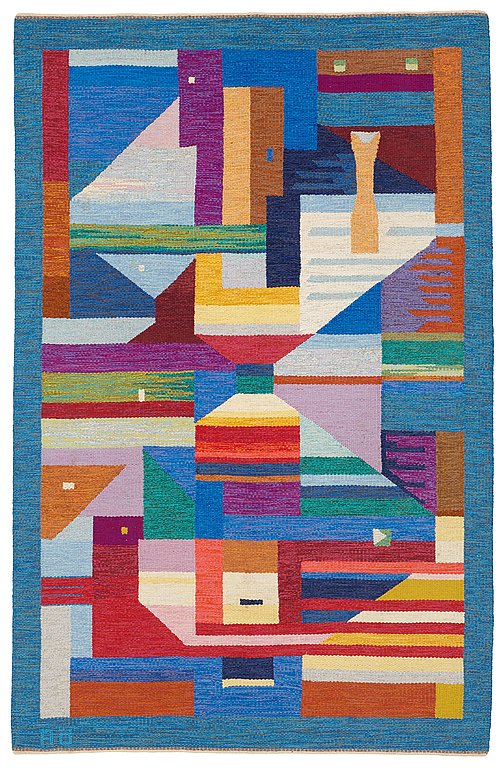
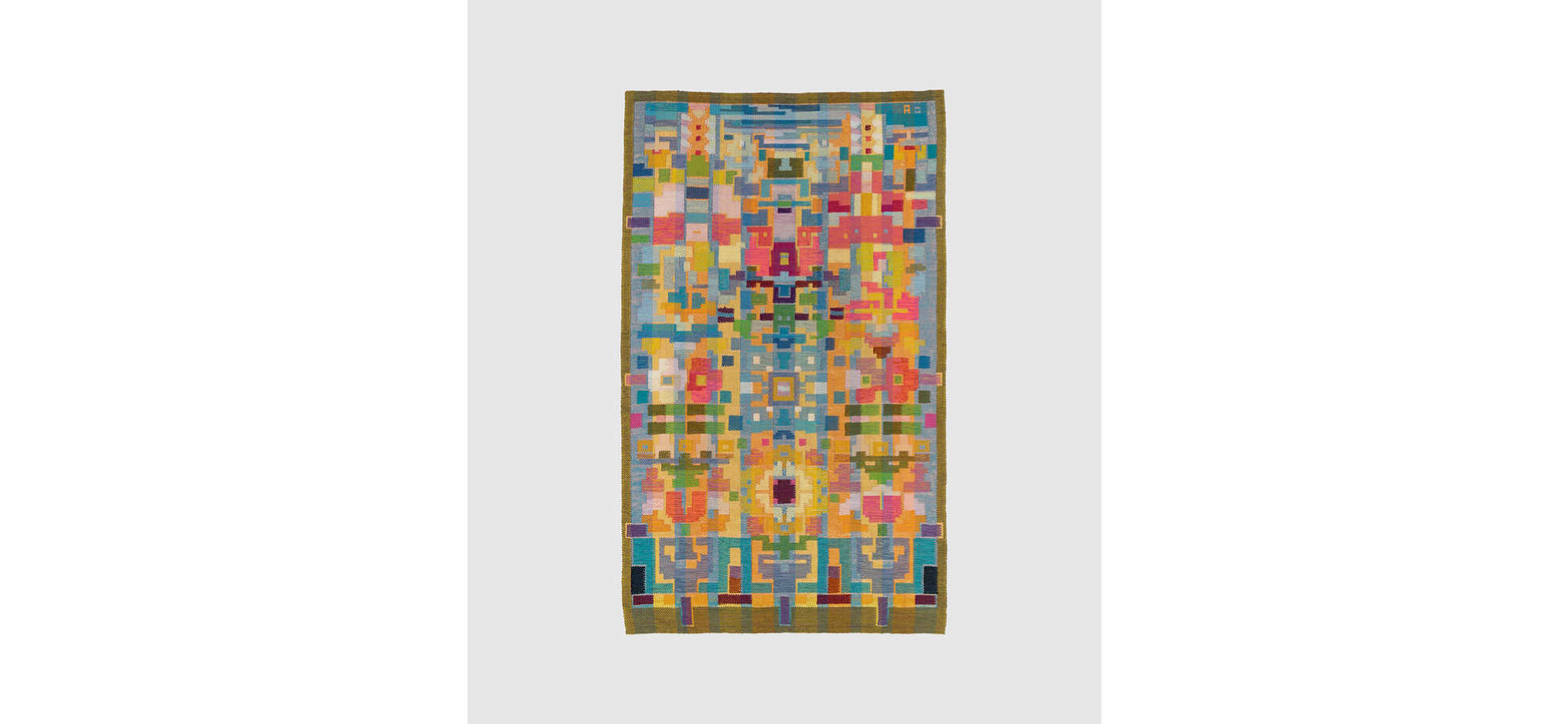
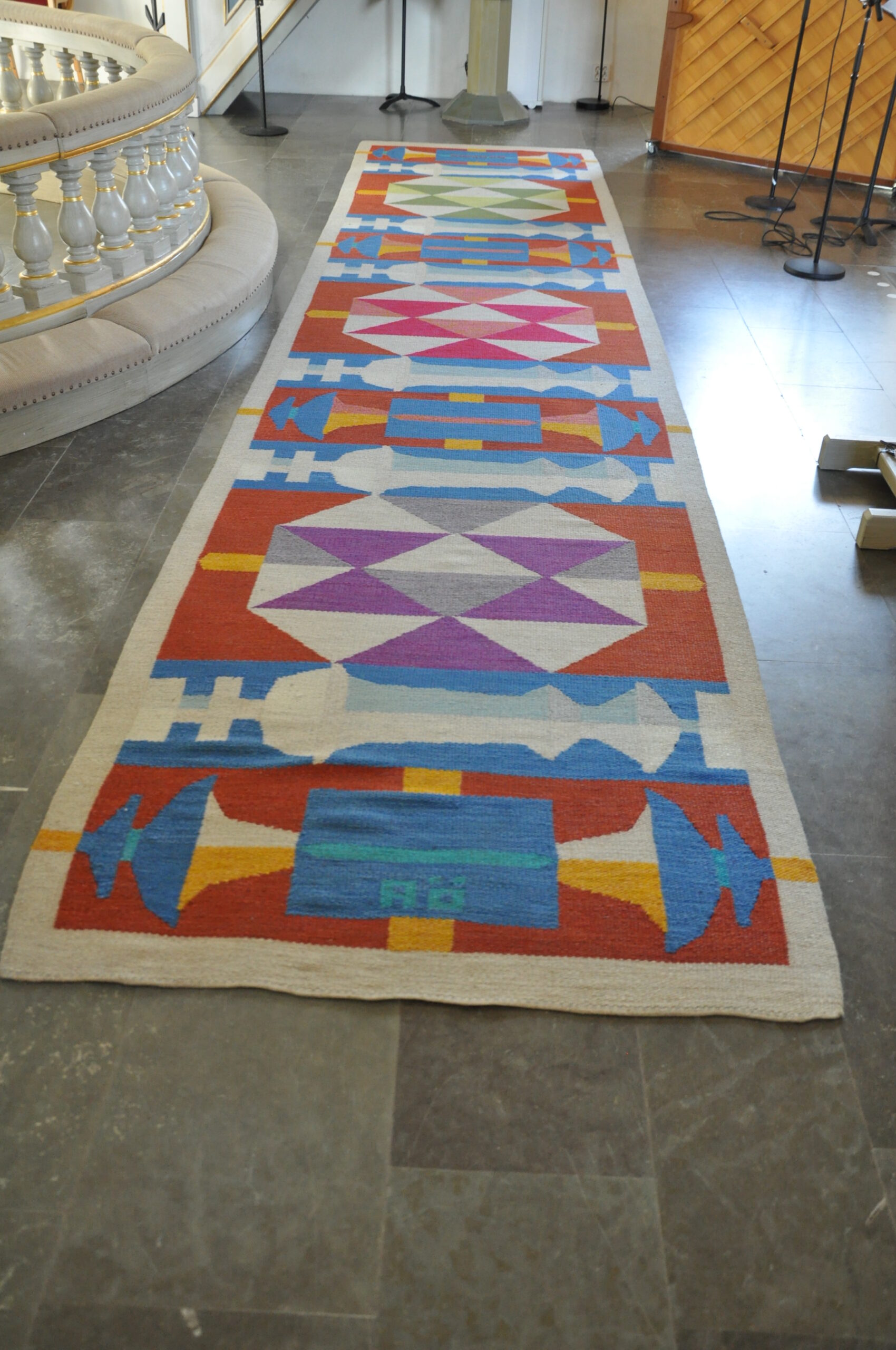
By Agda Österberg, 1960’s. Images from around the internets.
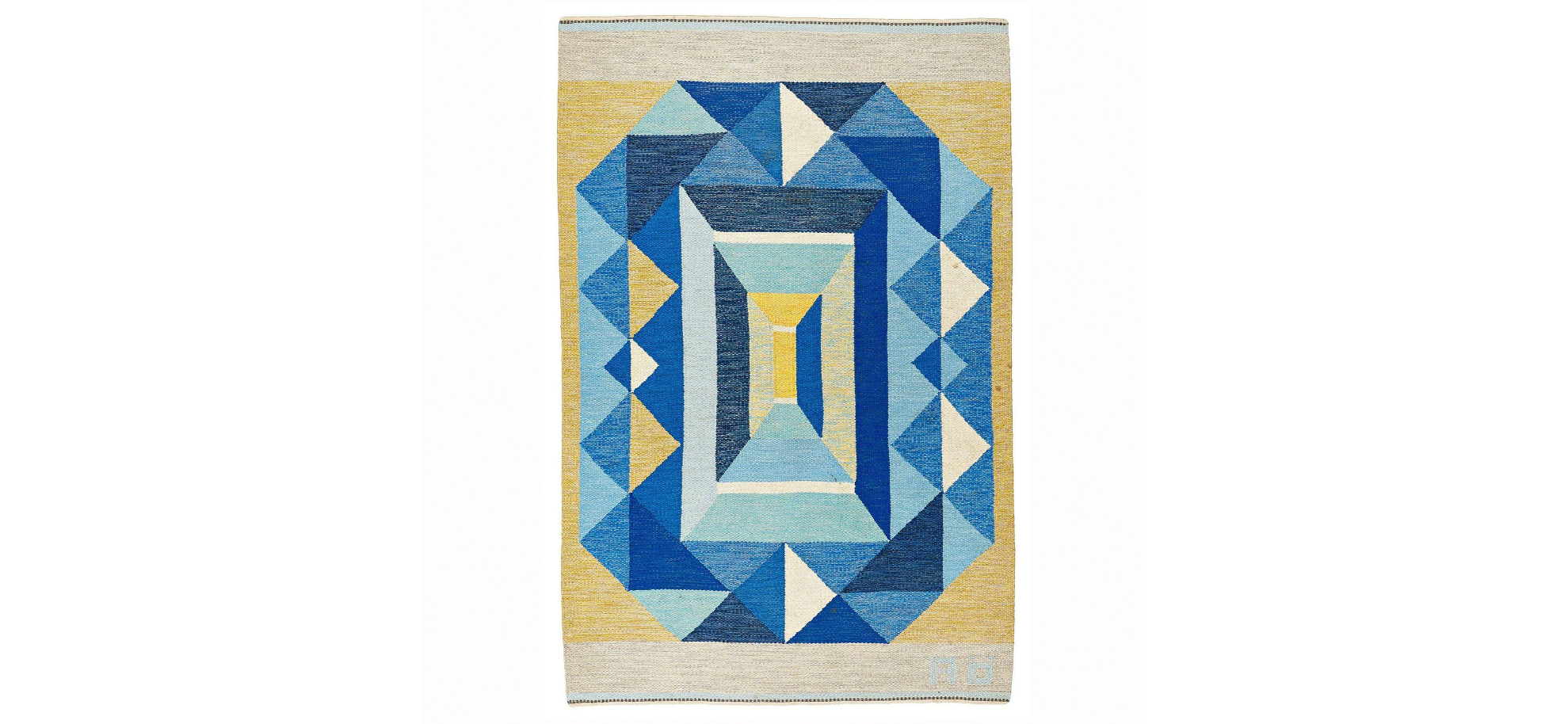
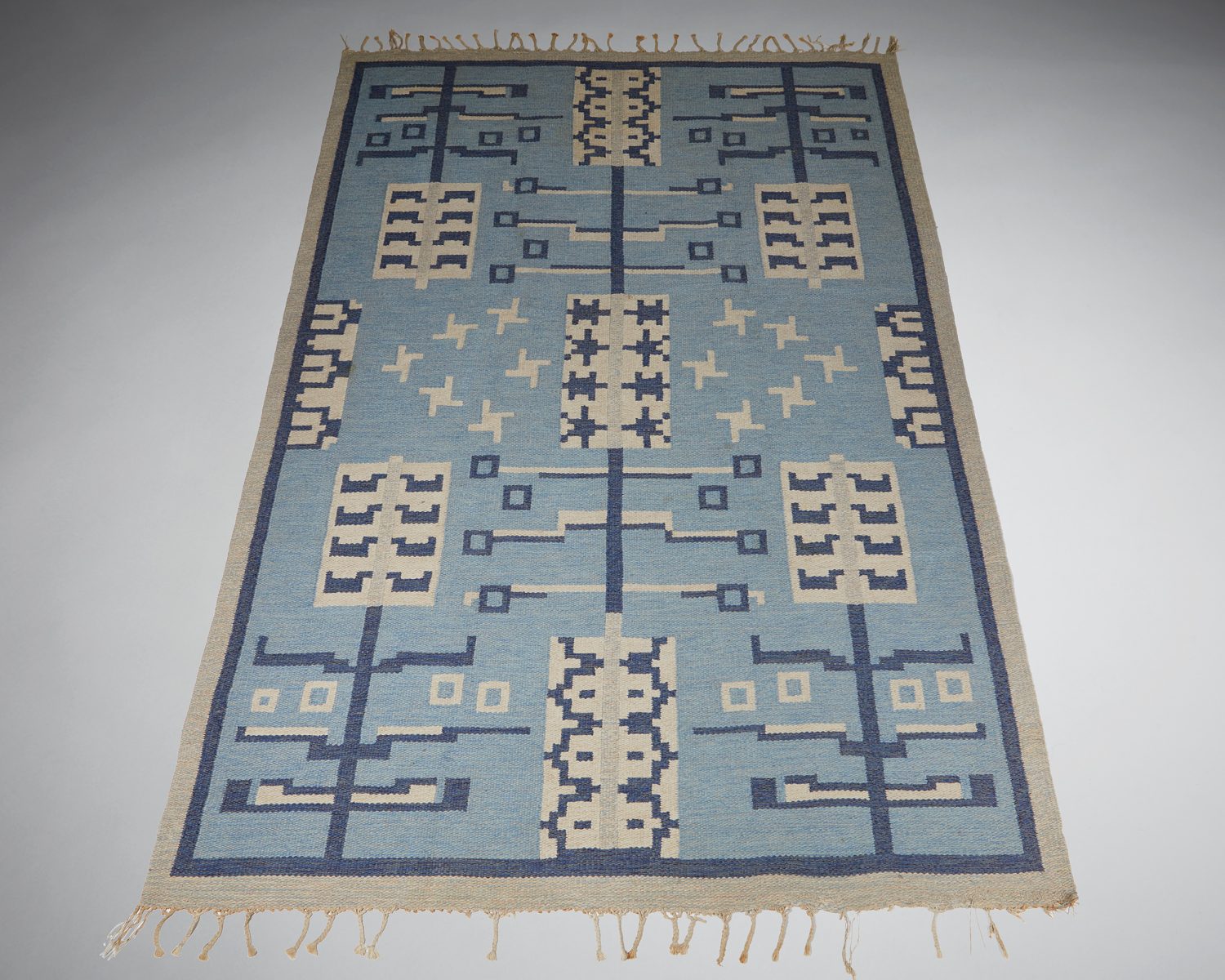
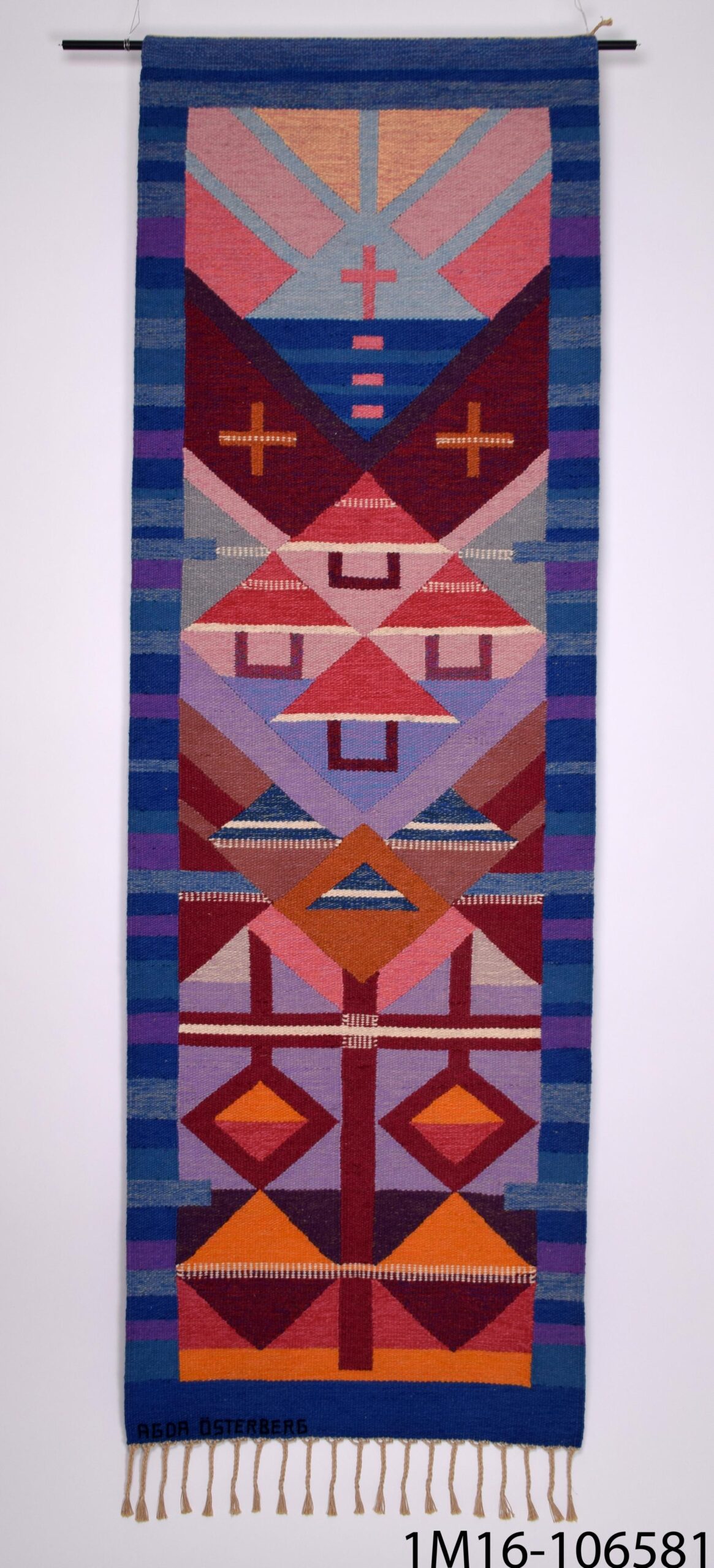

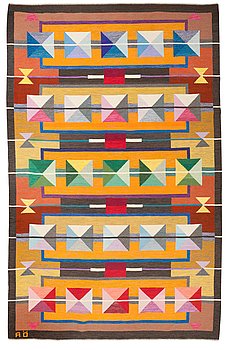
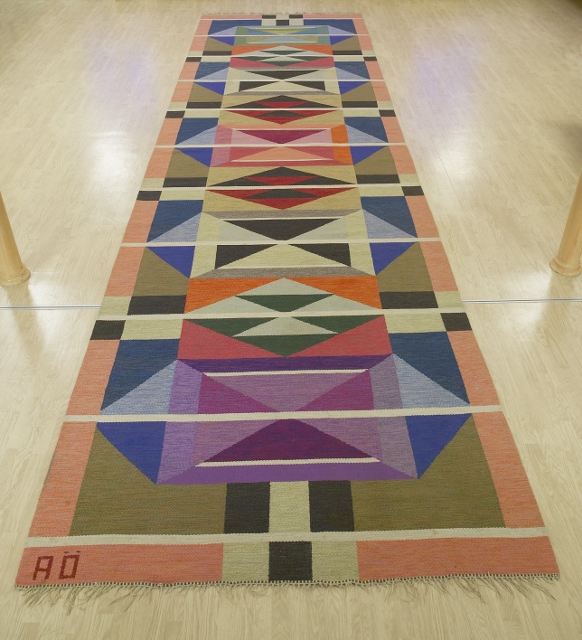
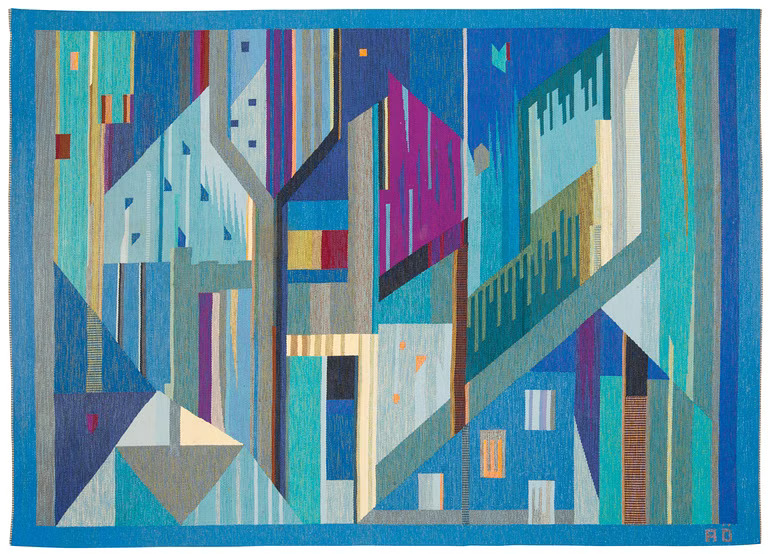
By Agda Östeberg in the 1950’s. Images from various sources.

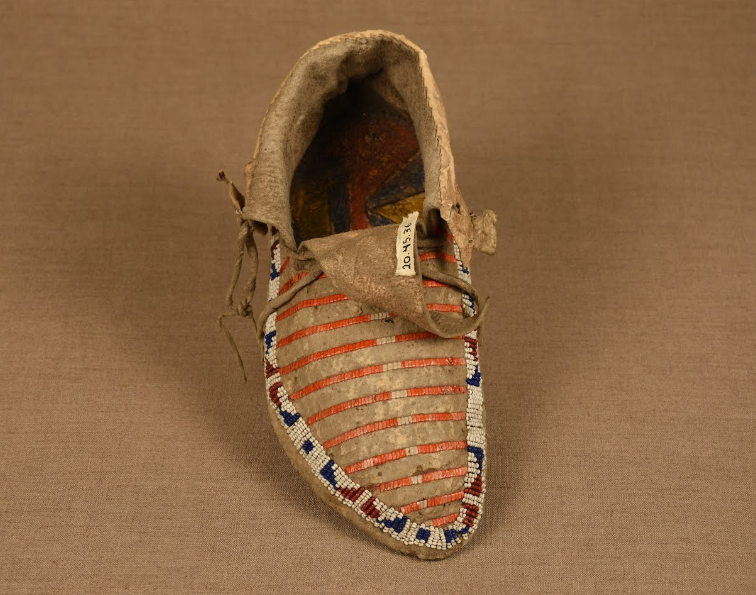
The red lines are quillwork, made with porcupine quills. This technique was used for hundreds of years before beadwork became popular in the 1800s with glass beads from Venice.
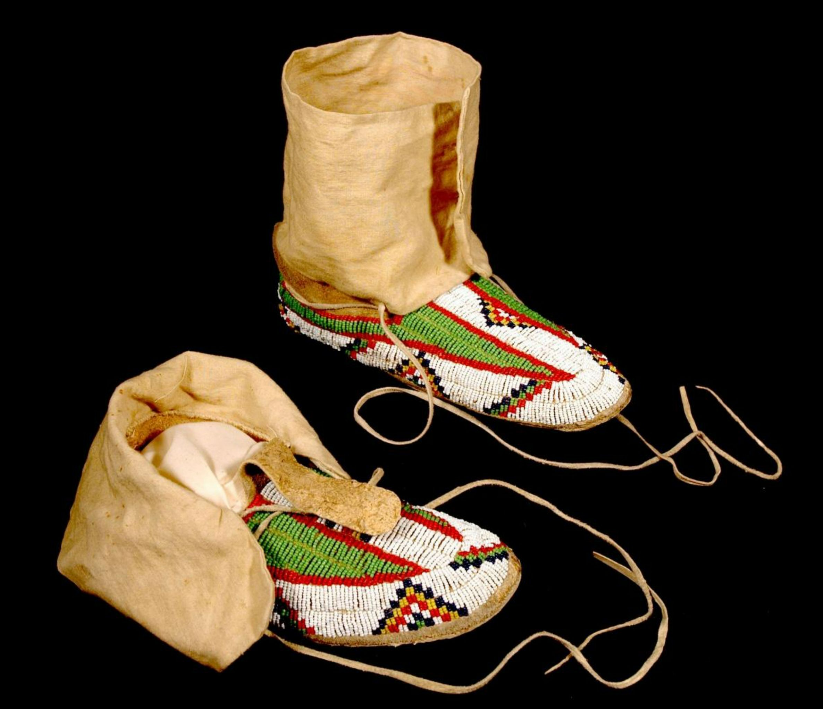
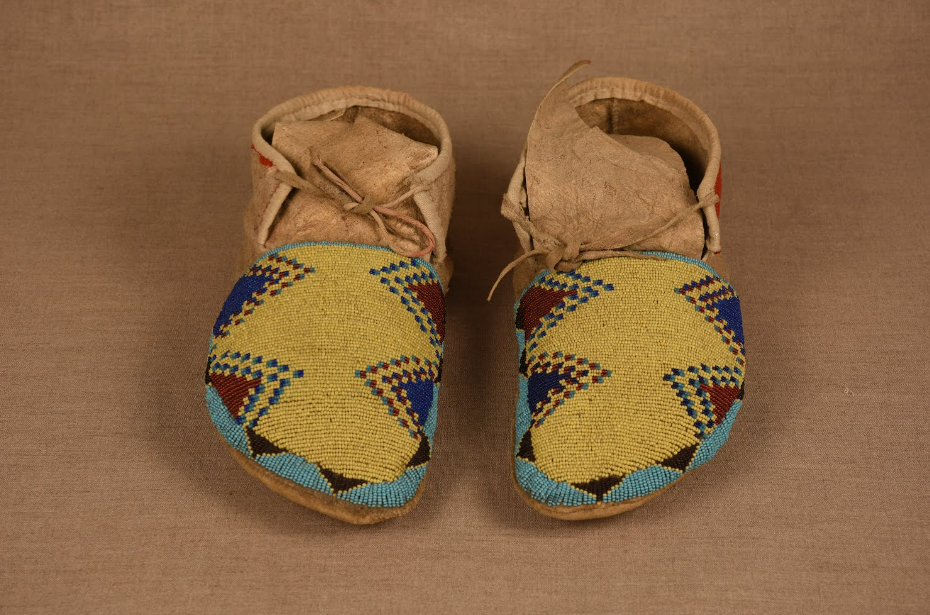
These kinds of triangles are called step triangles.
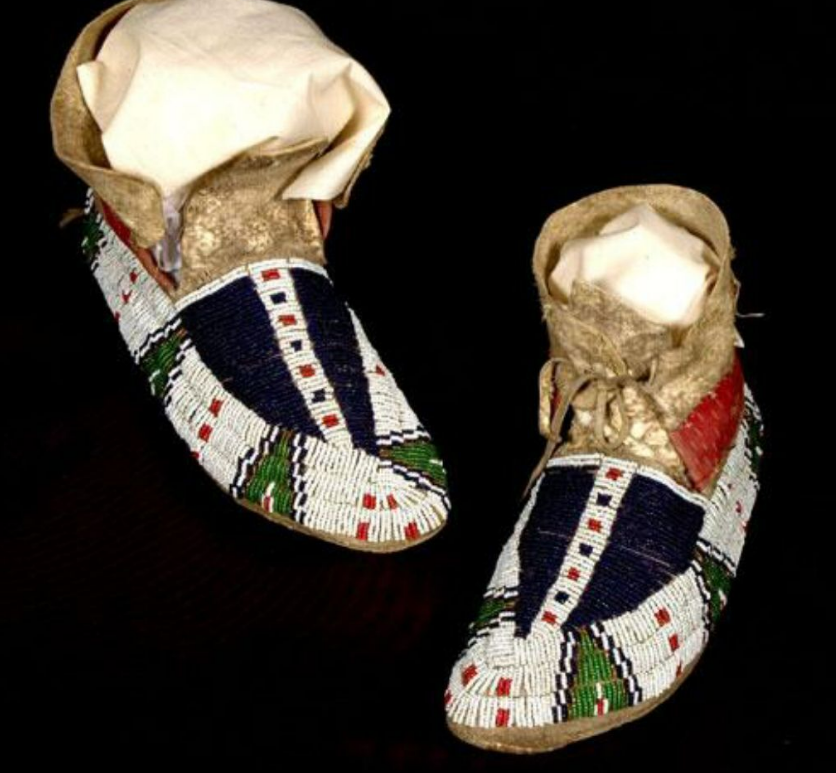
The dark blue shapes are called buffalo tracks, space or part-between.

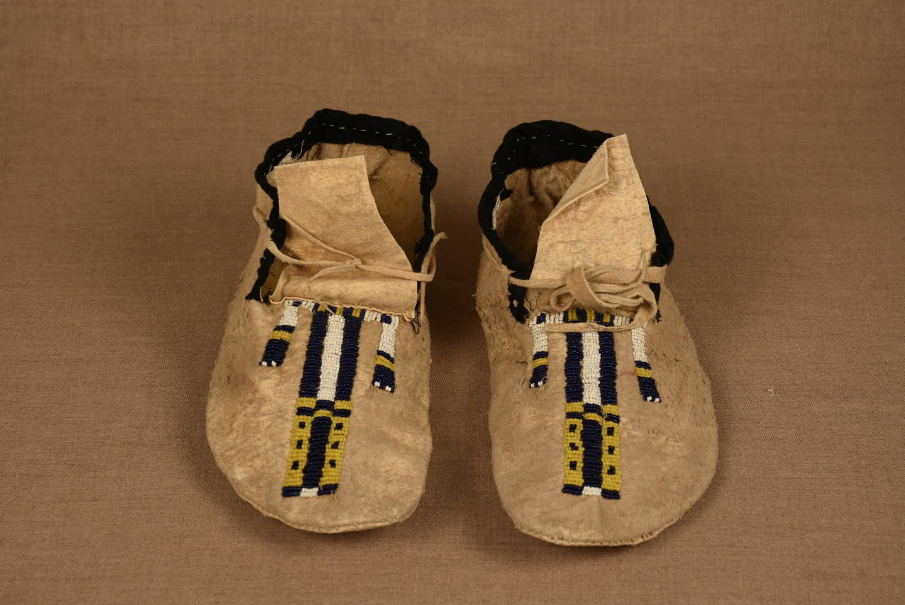
Tripe design.
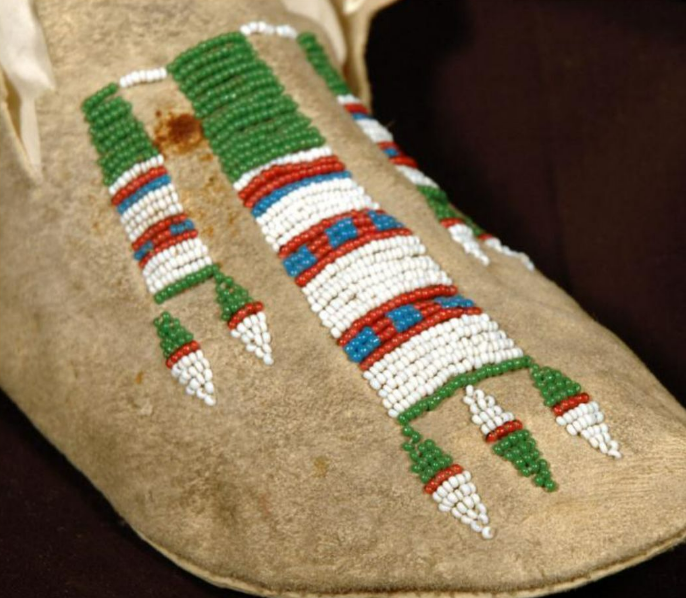
“Two-color, elongated diamond shapes are usually called the Feather, Whirlwind or Breath of Life design.”
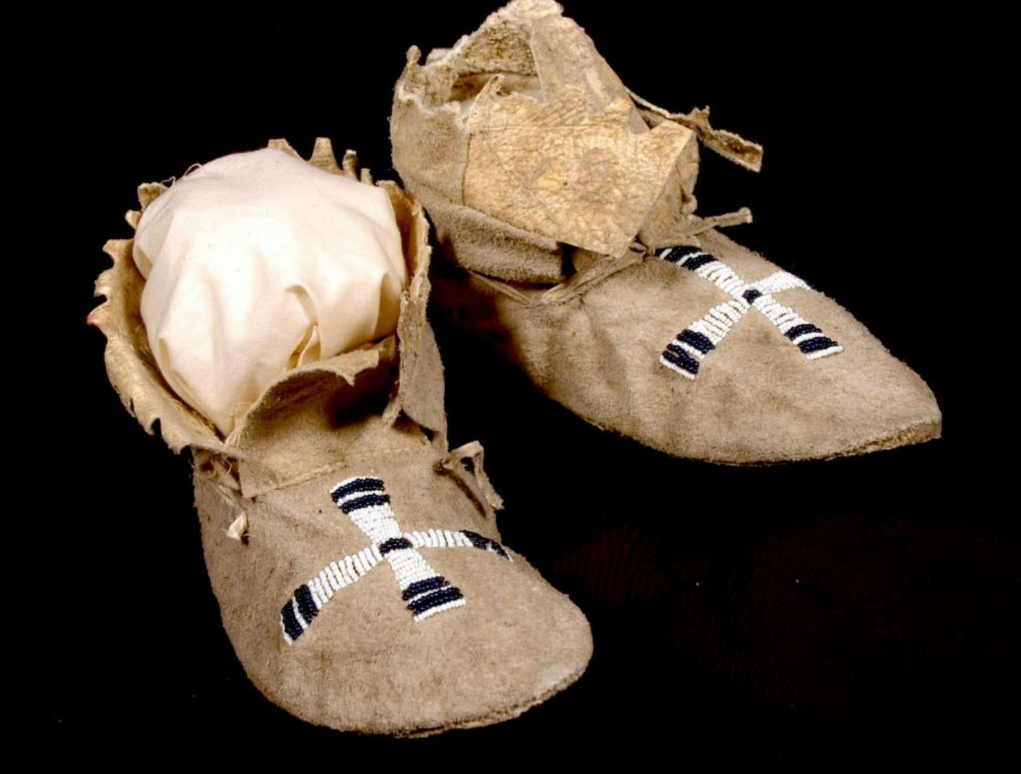
Four directions
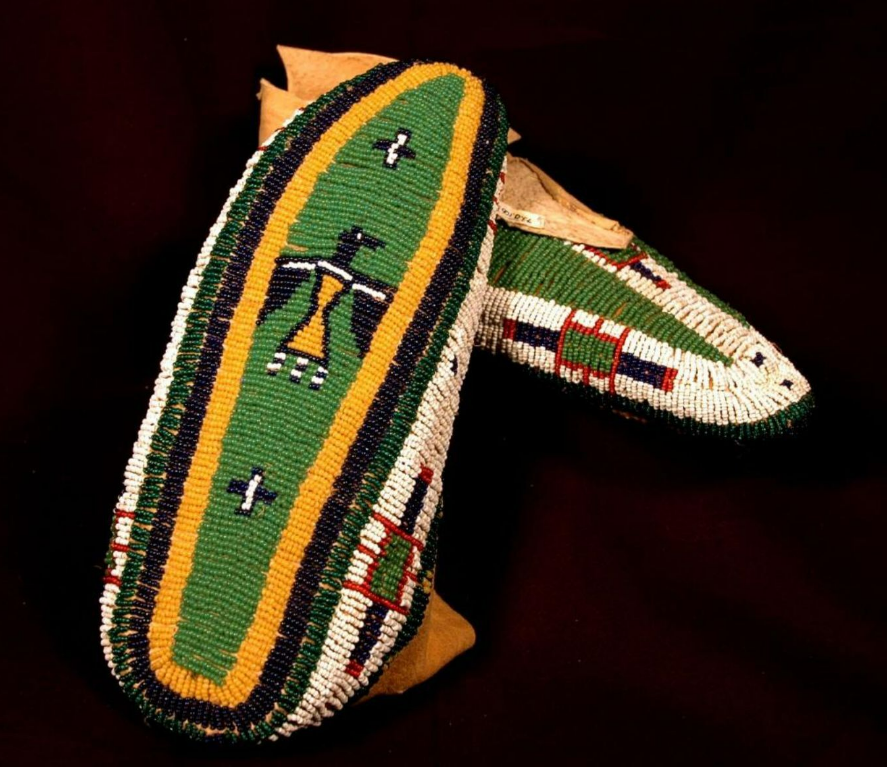
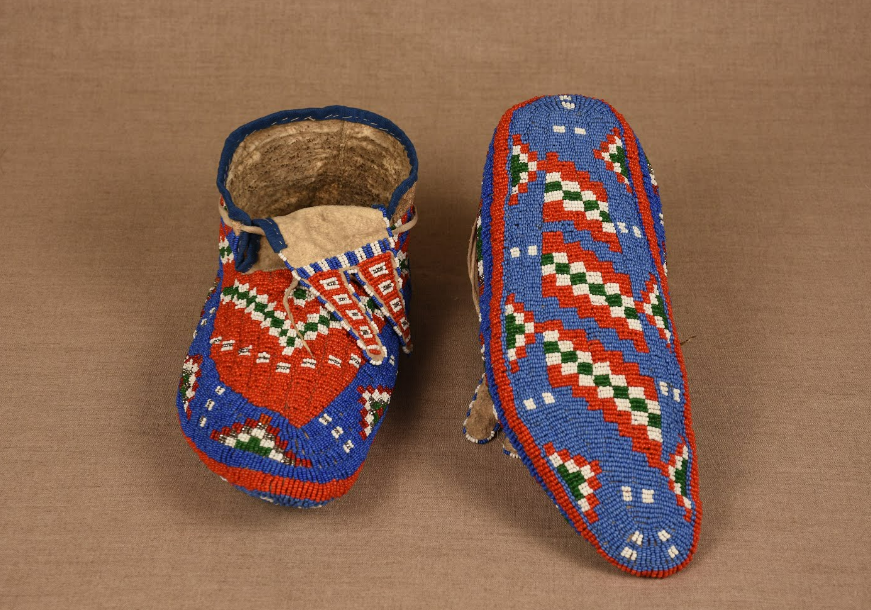
Women of several tribes started making moccasins with beaded soles in the 1880s.
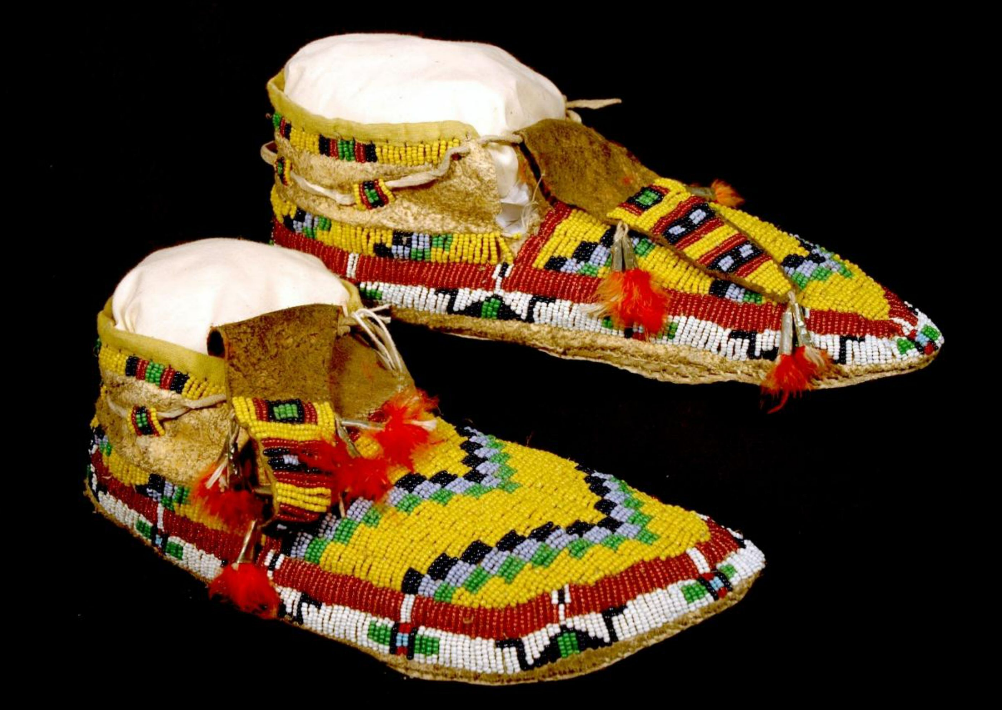
“Twisted design” (beads in diagonal checker rows)
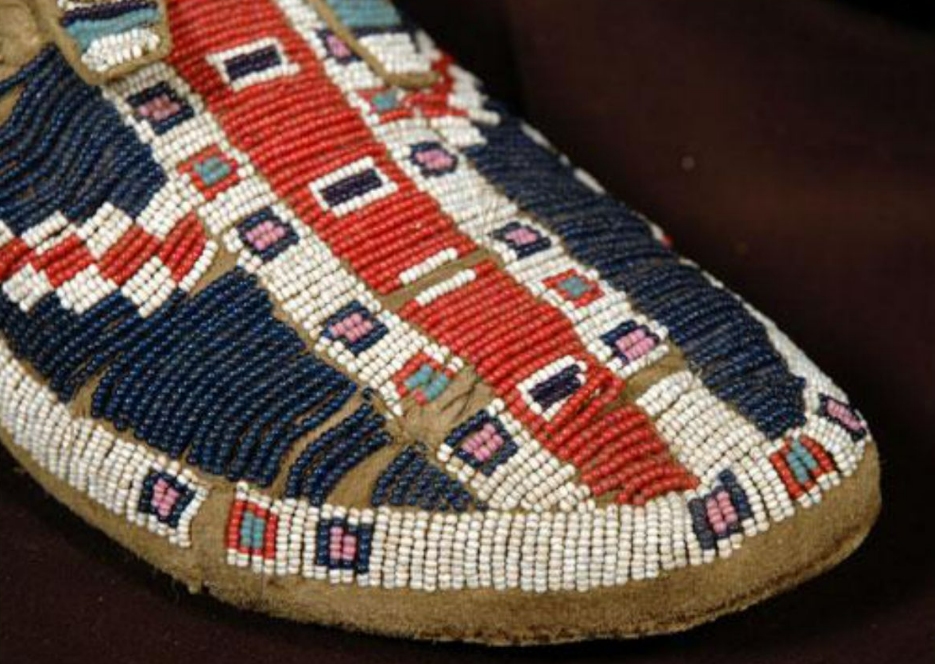
Box designs. The squares often represented bags.
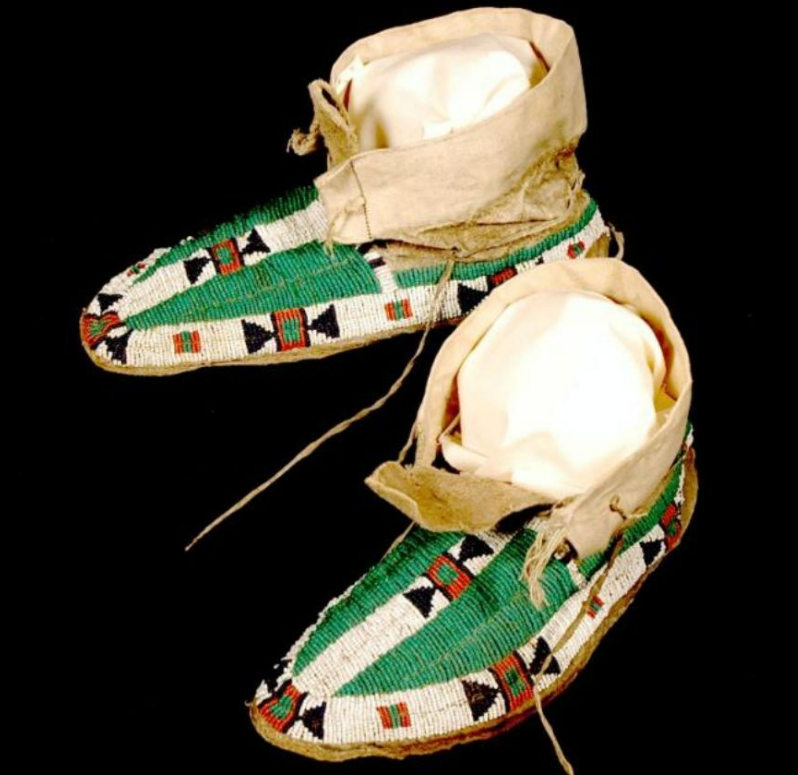
Boxes with inverted triangles were common in the Shoshone tribe, therefore known as Shoeshone design.





All images and information from Wyoming State Museum’s Beautiful Shoes (2012) which also explains different techniques, and the same museum’s moccasin page at Göögle Arts & Culture.
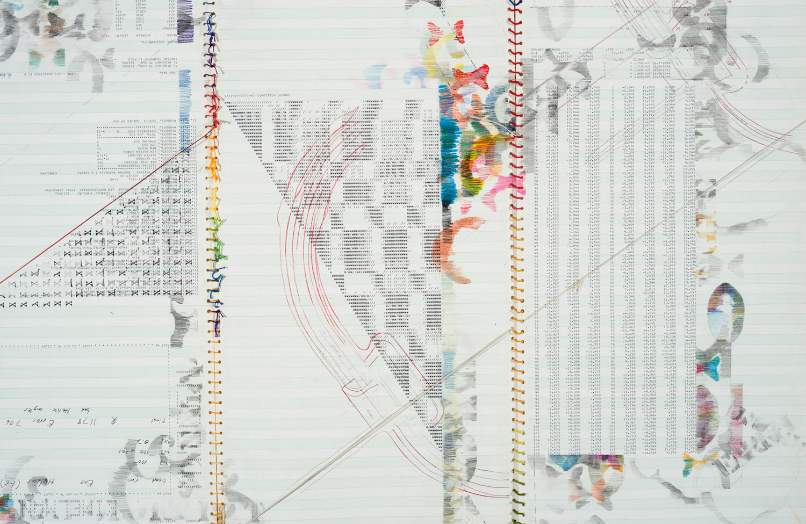
Yarn Drawing No. 16 by Sonya Rapoport and Charles Simmonds, 1976.
“Rapoport imposed what she called a “feminist art language code” on salvaged mainframe printouts, stitching them together like pieces of a patchwork quilt with rainbow yarn that she laced through the paper’s pinfeed holes.” >> artinprint
Works from the Paracas Culture in Peru from around 800-100 BC. Looted photos of looted objects.
Cloth Designs. Found in the Internet Archive by AnitaNH
By the Cayapa Indians of Ecuador, from a book published in 1925.